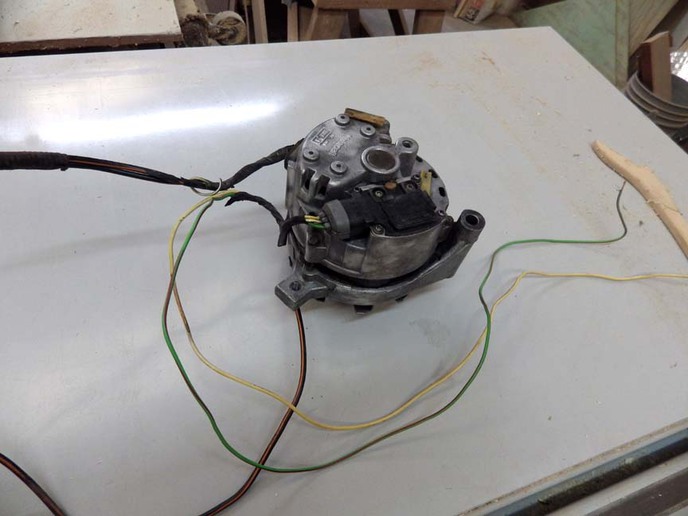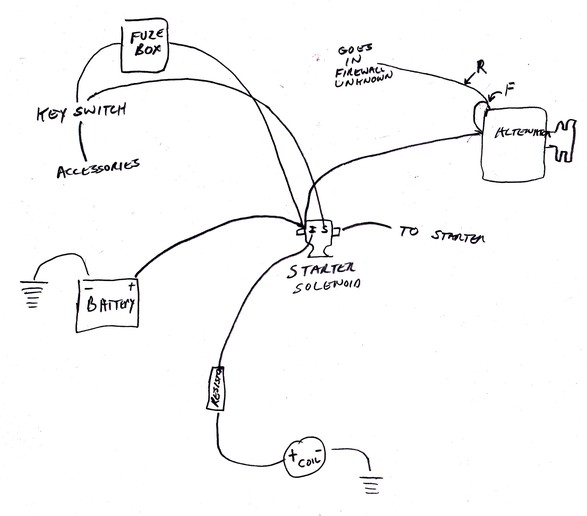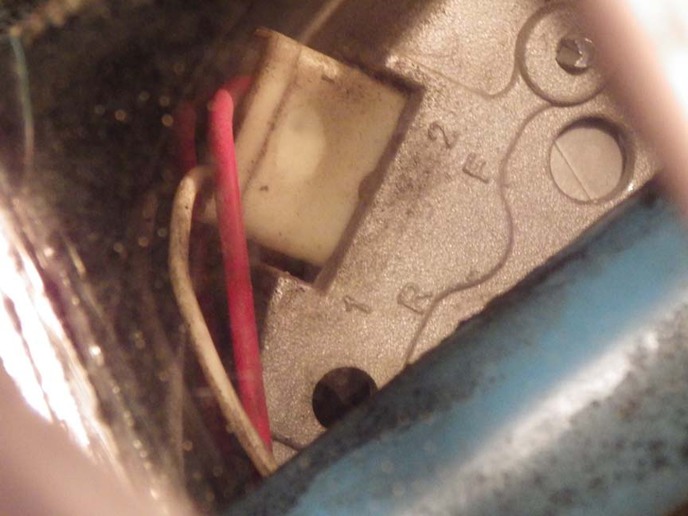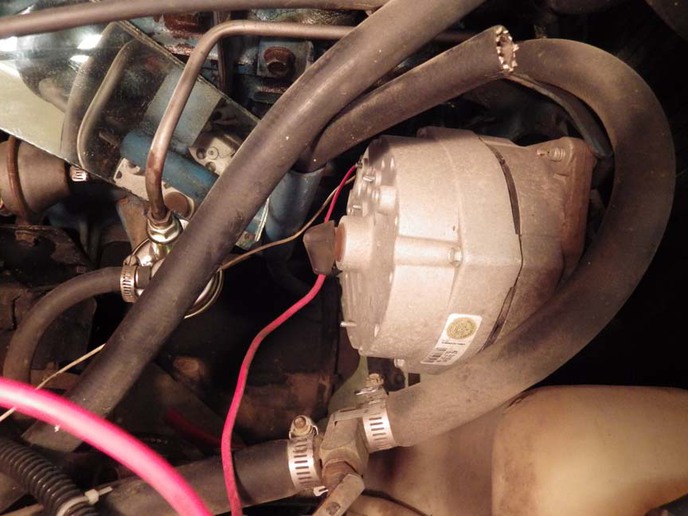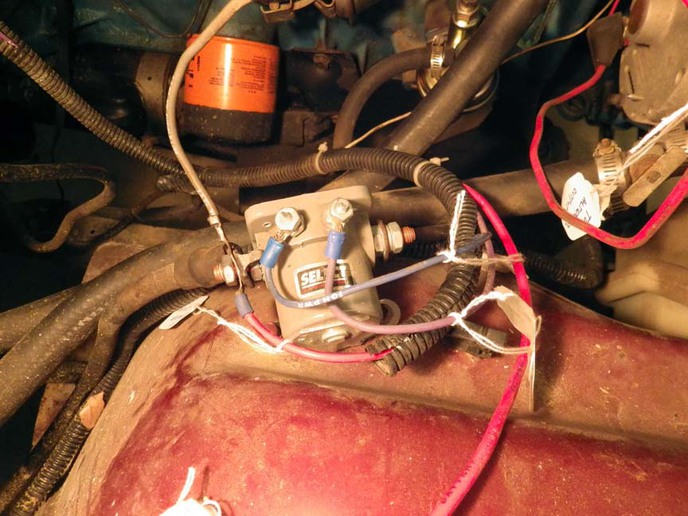Stephen Newell
Well-known Member
I've got an old jeep which doesn't have a voltage regulator with the alternator and I keep burning up gauges. What is there now is a Y which connects the fuse box, alternator and battery.
I know most of the problem is with aftermarket gauges but I thought I would replace the alternator. I've got one off a 86 ford tempo which I know was working when I retired the car and it has a self contained voltage regulator.
What I'm not understanding is I hooked the alternator to the battery and the A terminal and the I terminal as well as the stator wire on the regulator have less than .2 volts on them. According to the wiring diagram I was suppose to go to an indicator light and then to the start switch. At that voltage there isn't enough power to engage the start solenoid.
I know most of the problem is with aftermarket gauges but I thought I would replace the alternator. I've got one off a 86 ford tempo which I know was working when I retired the car and it has a self contained voltage regulator.
What I'm not understanding is I hooked the alternator to the battery and the A terminal and the I terminal as well as the stator wire on the regulator have less than .2 volts on them. According to the wiring diagram I was suppose to go to an indicator light and then to the start switch. At that voltage there isn't enough power to engage the start solenoid.


